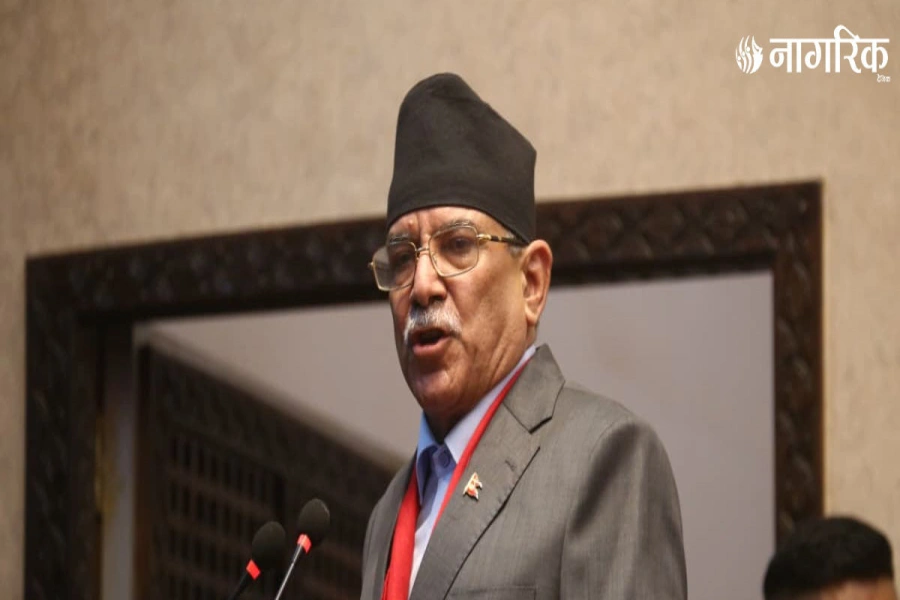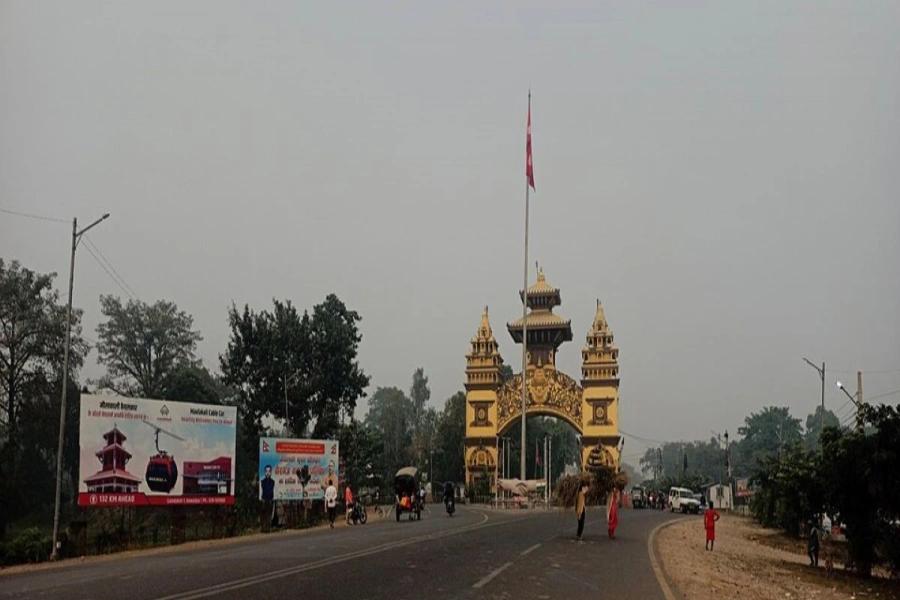Elected representatives have now replaced hereditary monarchs in offering patronage and largesse. It is difficult to say whether ‘people’ are upset with current political culture or are exhibiting some form of ‘abnormality’ in their responses to it.
Three decades of politics based on party system following the restoration of democracy in 1990 requires some serious introspection. This is particularly pertinent at a time when a single party or amalgamation leading to a large party formation has actually put the country at an important crossroads. Nepal Communist Party (NCP) formed following the merger of former CPN (UML) and former Maoist (Center) has a historic opportunity before them.
However, the practice of party politics in Nepal has raised several questions of the way this important vehicle of governance is functioning. The party system has a very interesting aspect in its relationship to the larger Nepali society. Political parties are considered important carriers of sectional interests and are supposed to articulate them for the betterment of the constituencies they represent. Society has a ‘love-hate’ relationship with the political parties. Any conversation, be it at a public space or private sphere, has a common punching bag—the political parties. The citizenry has constant complaint about the way parties conduct themselves. However, what is most interesting is the fact that the same population goes and votes in large number to the very parties that they have been wary of for a long period. This speaks volumes about the political behavior of the Nepali population. Such trends are also visible in other parts of South Asia. Nevertheless, this article will confine itself to deciphering the phenomena in Nepal.
This article tries to demonstrate the functioning of party system by focusing on the political culture and the process of partyfication of the society. For the former, the article argues that it is the element of vengeance that is at play most of the time. As for the former, the article argues that partyfication is not a one-way process and that a complex web emerges between political parties and society, which contributes to the society actually demanding intense partyfication of itself.
EC scraps six political parties

Vengeance as socialization
The recent history of political parties in Nepal suggests that they have relied heavily on the element of vengeance to socialize themselves. They acquired the trait of vengeance while in opposition to the Panchayat polity. Thereafter, when the political parties and the senior leadership eventually got to be in the driving seat, they themselves unleashed that vengeance on their fellow party members or worst toward people/group/organization that did not conform to their own beliefs.
The current crop of leadership is deeply imbued in that culture. To make the matters worse, top leadership in both ruling NCP and the opposition Nepali Congress (NC) are led by people who have the mentality of opposition, given that they were cornered for variety of reasons. Prime Minister and co-chairman of NCP K P Sharma Oli was long considered an opposition to then party General Secretary Madhav Kumar Nepal who led the party for 15 long years following the death of then leader of the party Madan Bhandari. Oli used tactics to survive in the party and built a formidable army of loyalists, who were denied space for much of Nepal’s tenure. Similarly, the other party co-chair Pushpa Kamal Dahal led the Maoist in the civil war against the state for 10 long years. Thereafter, the socialization that he and his fellow party comrades received was one of militarization fueled with vengeance. They believed in destruction of the ‘old’ state and creating a ‘new’ one through the barrel of the gun. This nature of party socialization could not serve much of the purpose once the former rebel party came over ground.
They, in fact, entered a terrain whose rules were set by parties, including former CPN (UML), who had mastered the art of vengeance in the ‘democratic’ set up.
As for the UML, the sense of vengeance was built from two dimensions. One was their inability to get a fair share in the state resources in the 1990s, when NC under late Girija Prasad Koirala was acting with a sense of arrogance when it came to treating the opposition. The other source of vengeance for the former rebel party professing ideological inspiration to the Naxals of India came from their inability to get on with the suaveness that some of the leading technocrats close to NC exhibited. These developments, particularly, inability to control the state forced UML to energize their activities in getting a grip over the different strata of society through formations like cooperatives and non-governmental sectors.
As for NC, which was in the driving seat of power for much of the 1990s, sense of vengeance was also operating at two levels: one against the fellow party persons and other against the ideological opposition. The article focuses on the former. NC, in the immediate aftermath of restoration of democracy in the 1990s, saw the consolidation of power by one of their strongmen Girija Prasad Koirala. Koirala dominated the national politics for all of the 90s and the early part of 2000s. He epitomized the power arrogance in the multi-party system after 1990s. His way of governing, be that government or party, was/is emulated by much of successors and they are not confined to his party.
Party as state
After deliberation about the socialization, it is important to talk about another complementary process. The socialization of political parties in the element of vengeance gave rise to an important process—morphing of political party as state. While much of the discussions in political processes talk of impersonalization of the state, careful attention needs to be paid to the partyfication of the state. In the Nepali context, the latter has come to occupy much of the space. So much so that we hardly see people as independent citizenry. Rather, we lump people into various political color, ask for, and locate their party affiliation.
The author in no way intends to put the blame entirely on the party and its leaderships alone. One has to put things in perspective. As suggested in one of the preceding paragraphs, parties have actually acted as a medium to articulate sectional interests especially considering the party-less Panchayat system. Therefore, people at large, especially those close to the party, felt that in the party system they could easily access the state and associated life chances by closely aligning them with the party concerned. This instrumental approach also gave rise to the process whereby a pressure of sort was built for the party leadership to erase the difference between the state and the party so that their near ones and constituencies could benefit.
The inability to dissect these complex webs has now acquired new forms and meanings. It is not enough to just talk about political processes such as patronage. We need to engage with the new forms of it. Political parties and some influential leaders remain at the heart of the process. Elected representatives have now replaced hereditary monarchs in offering patronage and large largesse doled out by the state. Therefore, it is difficult to say whether ‘people’ are upset with the current political culture or are they exhibiting some form of ‘abnormality’ in their responses to the said culture.
Email: pranabkharel@gmail.com



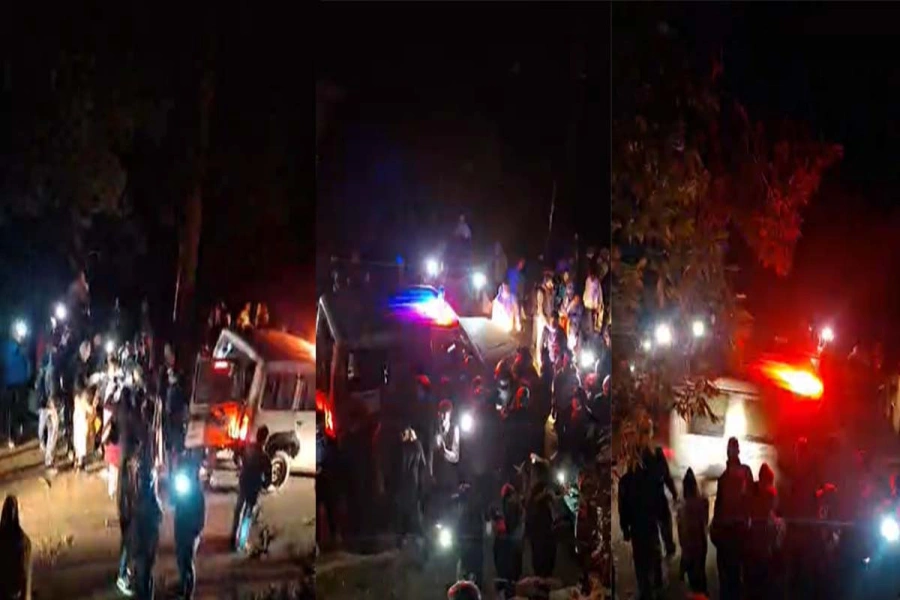


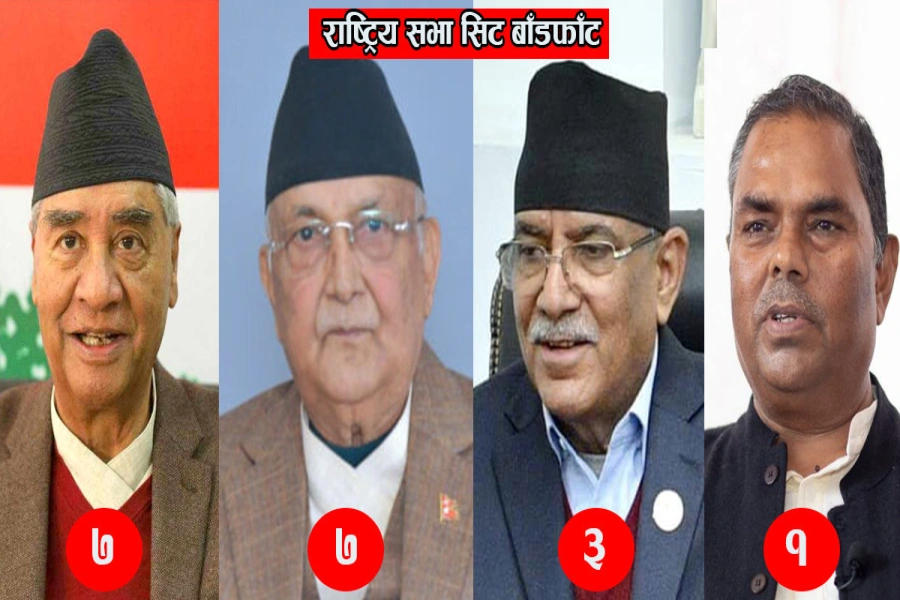

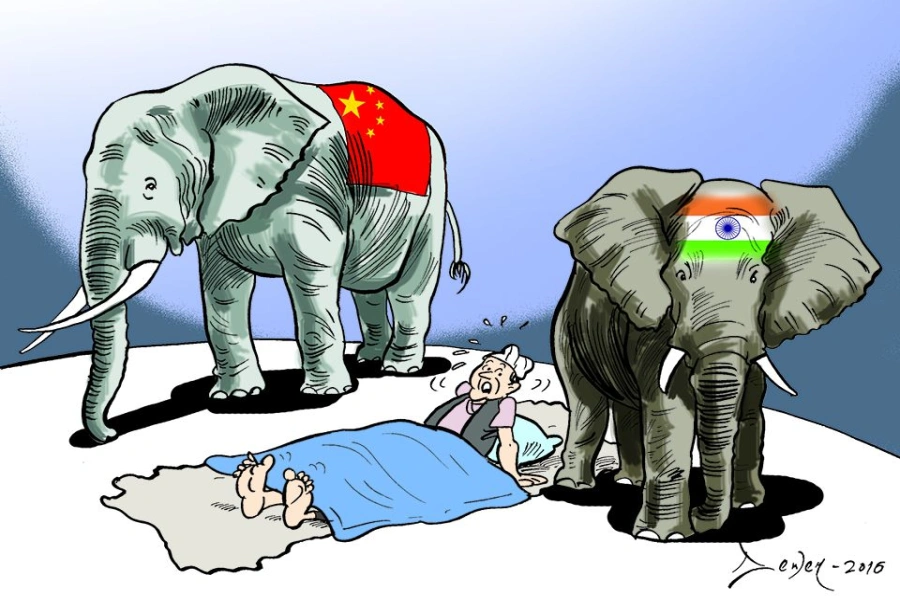

_20211006150830.jpg)










